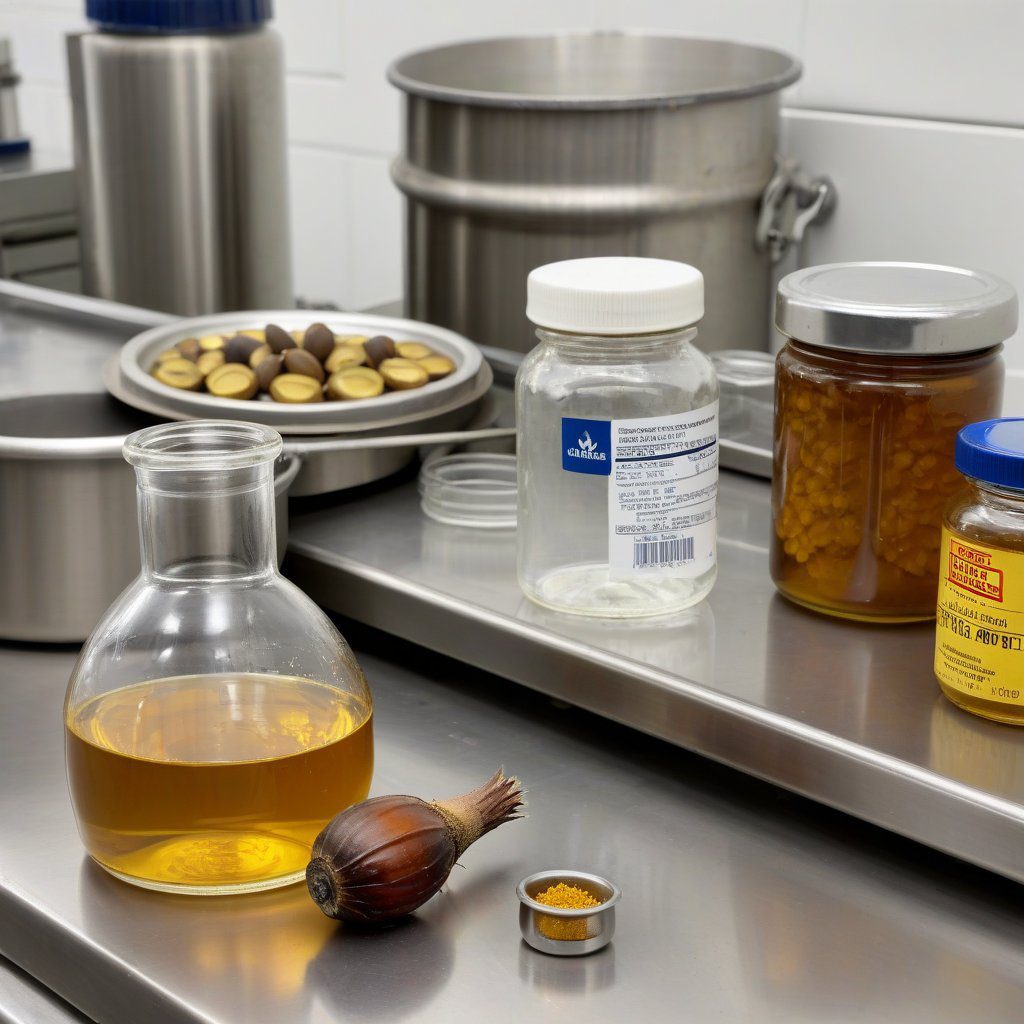Diethanolamine Overview
Diethanolamine (DEA) is a versatile organic compound widely recognized for its applications in various sectors, including agriculture. As a member of the alkanolamine family, it is primarily used as a surfactant, emulsifier, and pH balancer, making it invaluable in agricultural practices. Its chemical structure allows it to interact effectively with both water and oils, enhancing the efficacy of agricultural formulations.
Role of Diethanolamine in Fertilizers
In the agricultural sector, diethanolamine is often incorporated into fertilizers to improve nutrient absorption by plants. By adjusting the pH levels of the soil, DEA facilitates optimal conditions for nutrient uptake, thereby increasing the overall efficiency of fertilizers. This results in healthier crops and improved yields, providing a significant advantage to farmers.
Impact on Pest Control
Diethanolamine also plays a critical role in the formulation of pesticide products. Its surfactant properties enhance the spread and adhesion of active ingredients on plant surfaces, ensuring better coverage and effectiveness against pests. This leads to more efficient pest control measures, reducing the need for excessive chemical applications and promoting sustainable agricultural practices.
Compatibility with Other Chemicals
One of the significant benefits of diethanolamine is its compatibility with a variety of agricultural chemicals, including herbicides, fungicides, and insecticides. This compatibility allows for the formulation of multi-functional products that can target multiple agricultural challenges simultaneously. Farmers can thus utilize a single product to manage various pests and diseases, streamlining their agricultural practices.
Stability and Shelf Life
The stability of diethanolamine in agricultural formulations is another vital aspect that contributes to its usage. DEA has a relatively long shelf life, which ensures that products containing this compound remain effective over time. This stability is particularly beneficial for farmers who may store chemicals for extended periods before use, as it guarantees the reliability of the products when they are needed.
Environmental Considerations
When considering diethanolamine usage in agriculture, it is essential to address environmental impacts. Although DEA is generally regarded as safe when used correctly, its application must be managed to prevent potential runoff and contamination of water sources. Responsible use of diethanolamine in agricultural practices can align with environmental sustainability goals while maintaining agricultural productivity.
Regulatory Aspects
The use of diethanolamine in agriculture is subject to various regulatory guidelines to ensure safety for both humans and the environment. Regulatory bodies monitor the application rates and formulations involving DEA to mitigate any adverse effects. Compliance with these regulations is crucial for agricultural suppliers looking to incorporate diethanolamine into their products.
Market Demand for Diethanolamine
The demand for diethanolamine in agriculture has been steadily increasing as farmers seek more effective and sustainable solutions for crop management. With a growing emphasis on high-yield and environmentally friendly practices, suppliers of diethanolamine are poised to meet the needs of the agricultural market. This trend highlights the importance of sourcing high-purity DEA to ensure optimal performance in agricultural applications.
Global Supply Chain for Diethanolamine
As a leading supplier of high-purity amines, understanding the global supply chain for diethanolamine is crucial for stakeholders in the agricultural industry. Brazil’s position as a significant exporter of DEA to the U.S. market allows for the efficient distribution of this vital compound, enabling farmers to access quality products that enhance agricultural productivity.


